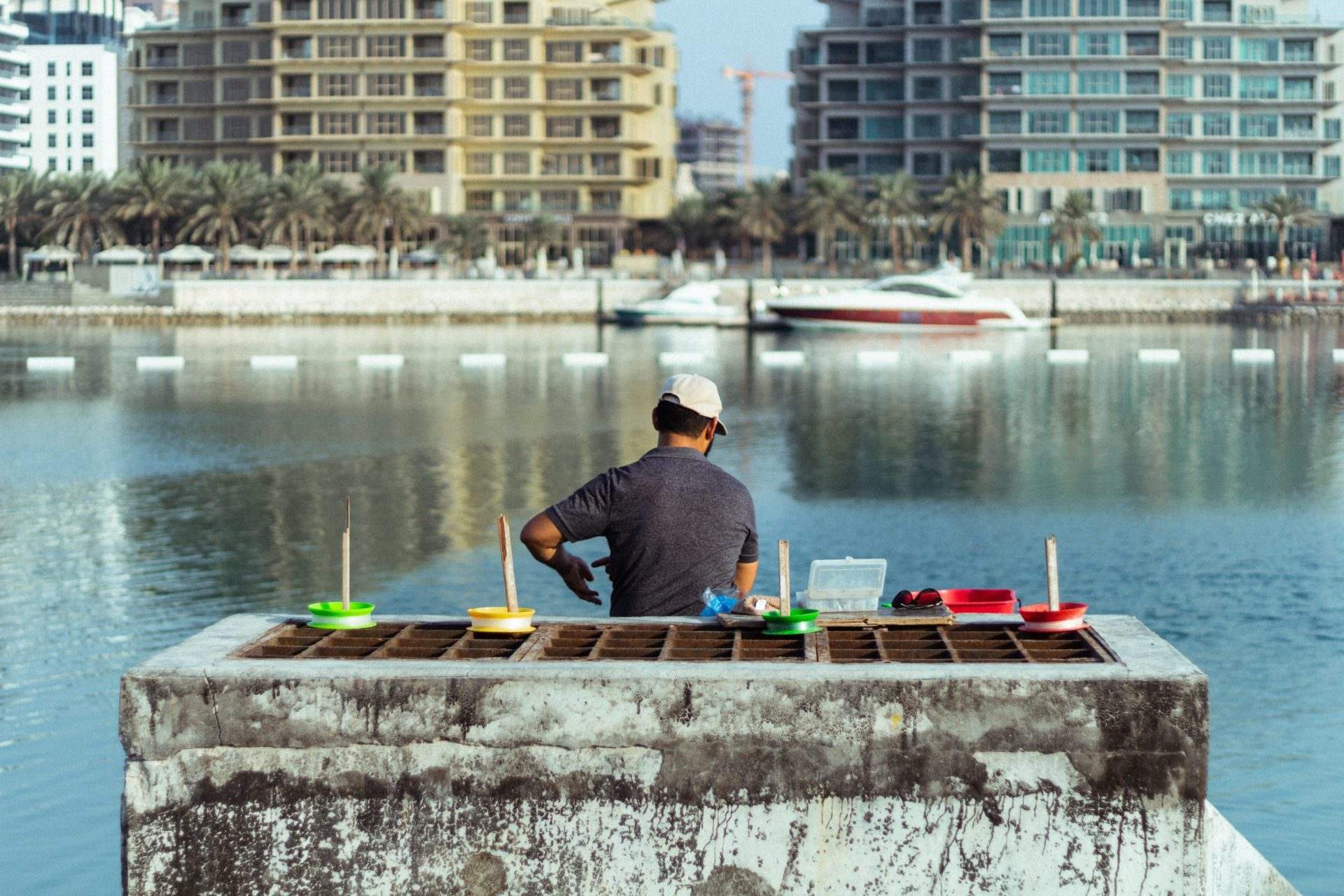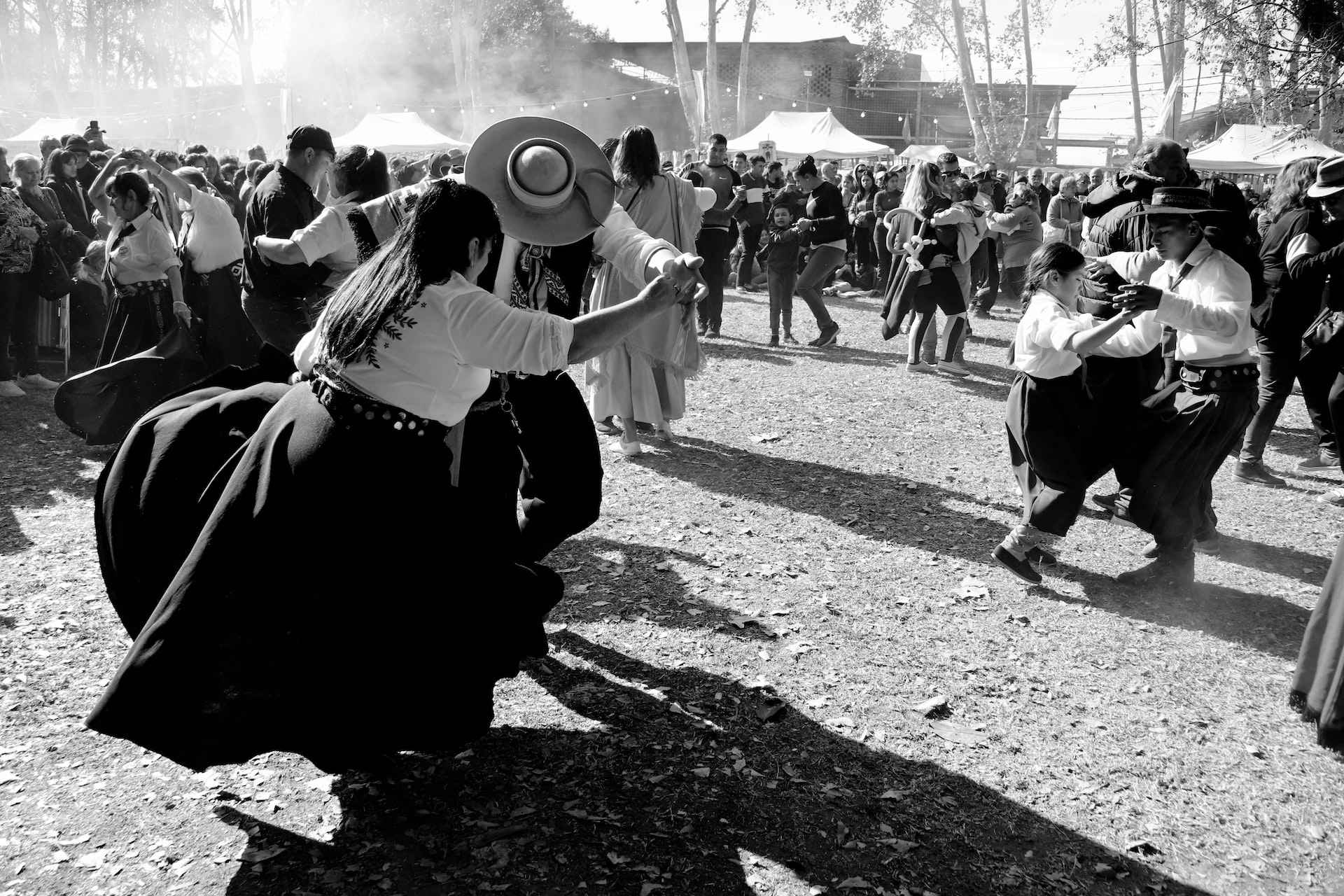Rio de Janeiro weather is a topic of interest for many visitors and locals alike. Located in the Southeast region of Brazil, the city is known for its tropical climate and beautiful beaches. However, the weather in Rio de Janeiro can be quite complex, with different temperatures, humidity levels, and rainfall patterns throughout the year. In this blog post, we will take a detailed look at the weather in Rio de Janeiro, including a monthly breakdown of temperature and rainfall, as well as a discussion of the best time to visit the city.
One of the key features of Rio de Janeiro weather is its humidity. The city is located on the coast, which means that it is constantly exposed to the moisture from the Atlantic Ocean. This can make the weather feel quite muggy, particularly in the summer months. Additionally, Rio de Janeiro is located in a valley between two large mountains, which can trap the humidity and make it feel even more oppressive.
Another important aspect of Rio de Janeiro weather is its temperature. The city experiences a tropical climate, which means that the temperatures are generally warm and consistent throughout the year. However, there are some variations depending on the time of year. The summer months (December to February) are typically the hottest, with temperatures reaching up to 35°C (95°F). The winter months (June to August) are cooler, with temperatures averaging around 25°C (77°F).
Rainfall is also an important factor to consider when planning a visit to Rio de Janeiro. The city experiences a rainy season from December to February, with the heaviest rainfall typically occurring in January. However, it’s important to note that rainfall can be unpredictable and can occur at any time of the year.
| Month | Low (°C) | High (°C) | Low (°F) | High (°F) | Rain (%) |
|---|---|---|---|---|---|
| January | 23 | 32 | 73 | 90 | 80 |
| February | 23 | 32 | 73 | 90 | 80 |
| March | 23 | 31 | 73 | 88 | 60 |
| April | 22 | 29 | 72 | 84 | 40 |
| May | 20 | 27 | 68 | 81 | 20 |
| June | 18 | 25 | 64 | 77 | 10 |
| July | 18 | 25 | 64 | 77 | 10 |
| August | 18 | 25 | 64 | 77 | 10 |
| September | 19 | 27 | 81 | 20 | |
| October | 20 | 28 | 68 | 82 | 40 |
| November | 22 | 30 | 72 | 86 | 60 |
| December | 23 | 31 | 73 | 88 | 80 |
When deciding on the best time to visit Rio de Janeiro, it’s important to consider both the weather and the crowds. The busiest time of year for tourism is during the summer months (December to February), when the weather is hot and the beaches are at their most crowded. However, this is also the rainy season, so there is a higher chance of inclement weather during this time.
On the other hand, the winter months (June to August) are considered the “off-season” for tourism in Rio de Janeiro. The weather is cooler and there is less rainfall, making it a more comfortable time to visit. However, the beaches can be quite empty and many hotels and restaurants may have reduced hours or be closed for the season.
For those looking for a balance of good weather and manageable crowds, the shoulder seasons of spring (September to November) and fall (March to May) may be the best option. The weather is pleasant and there is less rainfall than during the summer, but the crowds are not as thin as during the winter.
Another important thing to consider is the events and festivals that take place in Rio de Janeiro. The city is famous for its Carnival, celebrated in February and it’s one of the most popular events, with many visitors and locals alike. But, if you want to avoid the crowds and high prices, it’s best to plan your trip for another time.
In conclusion, the best time to visit Rio de Janeiro depends on your personal preferences and priorities. If you’re looking for hot weather and a lively atmosphere, the summer months may be the best option. However, if you prefer cooler weather and less crowds, the winter months may be more to your liking. The shoulder seasons and the off-peak months can be a good compromise, with pleasant weather and manageable crowds. And, if you are planning to attend a specific event or festival, be sure to check the schedule and plan your trip accordingly.



